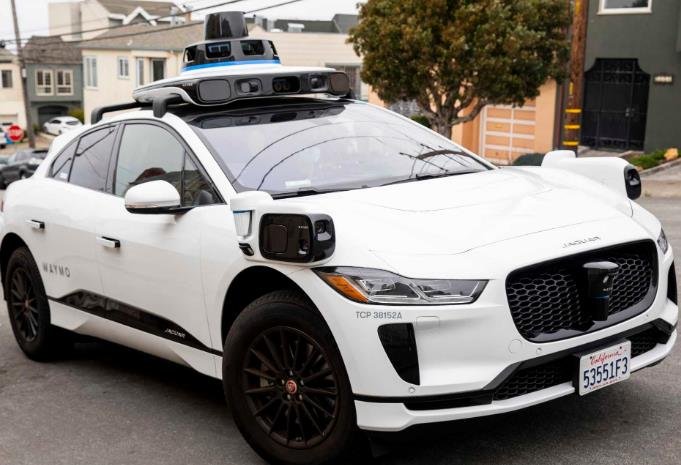California has given the green light to two companies, Cruise and Waymo, to operate their driverless taxi services in San Francisco without human drivers and charge fares to passengers. The California Public Utilities Commission (CPUC) voted on Thursday to grant the permission to Cruise, a subsidiary of General Motors, and Waymo, a unit of Google’s parent company Alphabet, after reviewing their safety records and public feedback.
The CPUC’s decision is a significant step for the autonomous vehicle industry, as it allows Cruise and Waymo to expand their operations and generate revenue from their services. It also reflects the CPUC’s confidence in the technology and its potential benefits for the public.

Cruise and Waymo have been testing their driverless vehicles in San Francisco for several years, but they were limited by the rules and regulations of the state and the city. They could not operate without a human driver on board, they could not charge for their rides, and they could not serve the general public. They also had to report data on their operations, such as miles driven, passengers served, incidents occurred, and complaints received.
Cruise and Waymo face challenges and opportunities
However, Cruise and Waymo still face some challenges and opportunities in their quest to provide a convenient and affordable transportation alternative to San Francisco’s residents and visitors. Some of the factors that could affect their success are:
- Regulatory compliance: Cruise and Waymo will have to comply with the rules and regulations set by the CPUC and other authorities, such as the California Department of Motor Vehicles (DMV) and the National Highway Traffic Safety Administration (NHTSA). They will also have to respect the local laws and norms of San Francisco, such as traffic rules, parking regulations, and environmental standards.
- Public acceptance: Cruise and Waymo will have to win over the public’s trust and acceptance of their driverless vehicles, which may still face skepticism or resistance from some people. They will have to demonstrate that their vehicles are safe, reliable, and comfortable for passengers, as well as respectful of other road users, such as pedestrians, cyclists, and human drivers. They will also have to address the concerns of some groups, such as taxi drivers, labor unions, and activists, who may oppose or protest against their services for various reasons.
- Market competition: Cruise and Waymo will have to compete with other transportation options in San Francisco, such as public transit, personal vehicles, bikes, scooters, taxis, and ride-hailing services. They will have to offer competitive prices, quality service, and customer satisfaction to attract and retain customers. They will also have to compete with other driverless taxi companies that may enter the market in the future, such as Uber (UBER), Lyft (LYFT), Zoox (AMZN), or Tesla (TSLA).
Driverless taxi services could transform transportation in San Francisco
Driverless taxi services could transform transportation in San Francisco by offering a new way of moving around the city. Driverless taxi services could:
- Reduce traffic congestion: Driverless taxi services could reduce traffic congestion by optimizing routes, avoiding accidents, and sharing rides. They could also reduce the need for parking spaces, as they could drop off passengers at their destinations and move on to pick up others.
- Improve road safety: Driverless taxi services could improve road safety by eliminating human errors, distractions, or impairments that cause crashes. They could also follow traffic rules, communicate with other vehicles or infrastructure, and react faster to emergencies.
- Enhance mobility and accessibility: Driverless taxi services could enhance mobility and accessibility by providing 24/7 service to anyone who needs a ride. They could also serve people who cannot drive or do not own a car, such as seniors, disabled people, or low-income people.
- Save time and money: Driverless taxi services could save time and money by reducing travel time, waiting time, or parking fees. They could also offer lower fares than traditional taxis or ride-hailing services.
